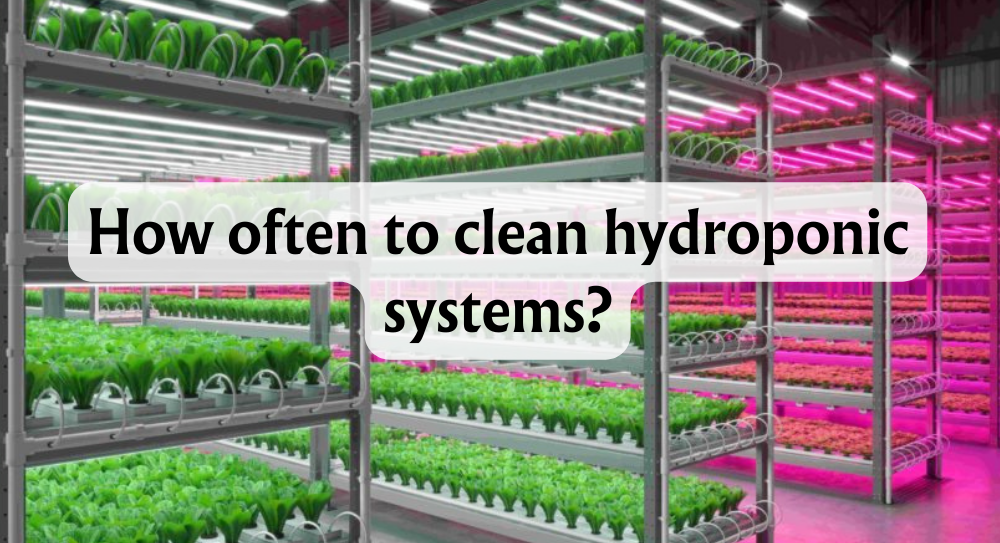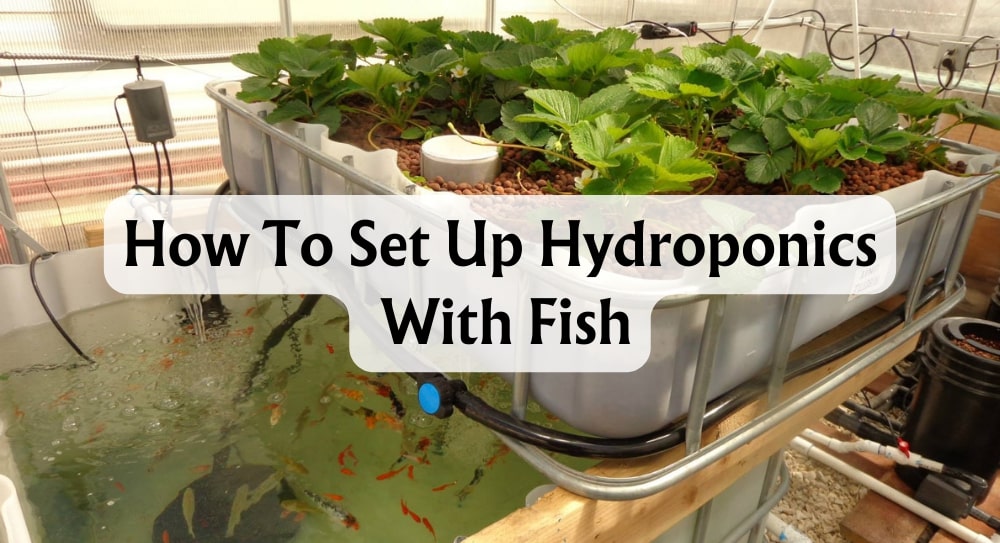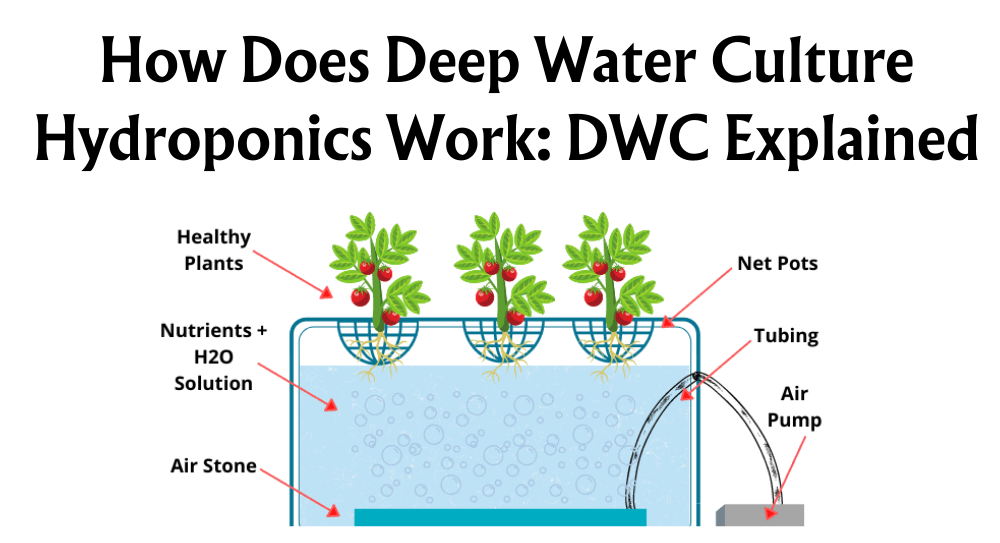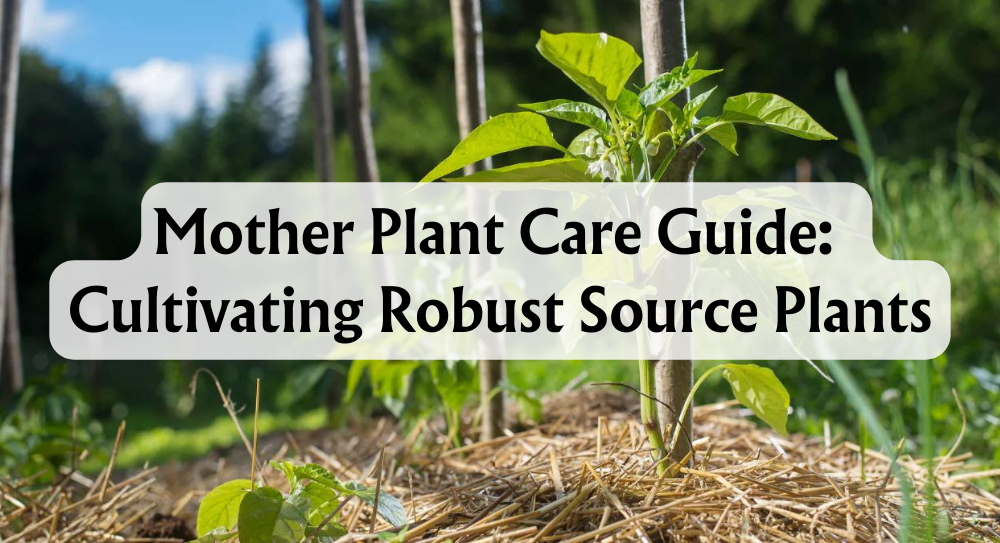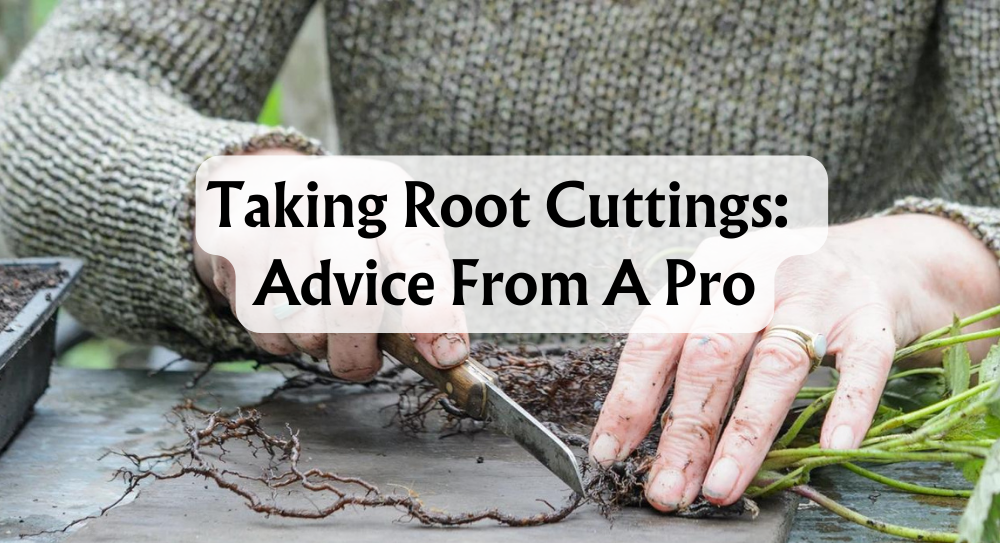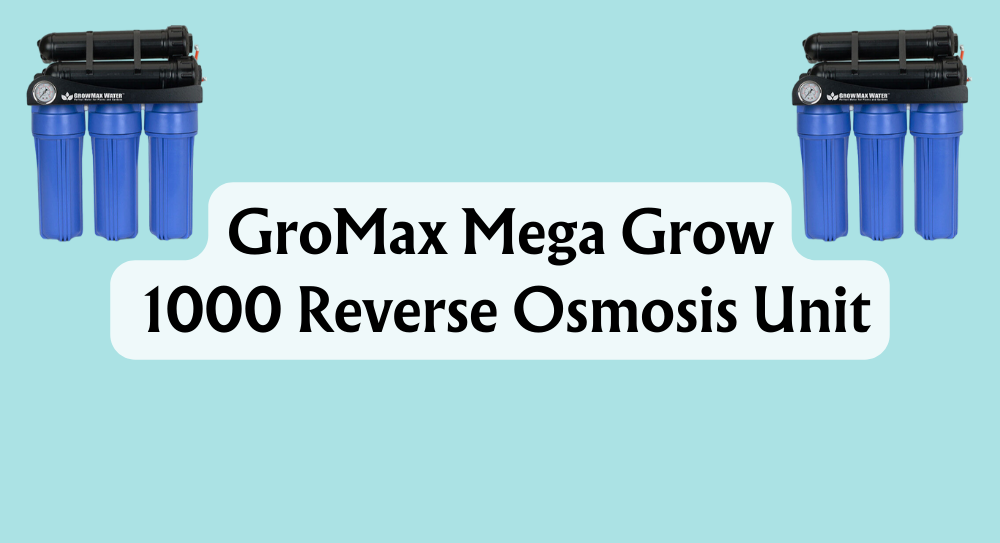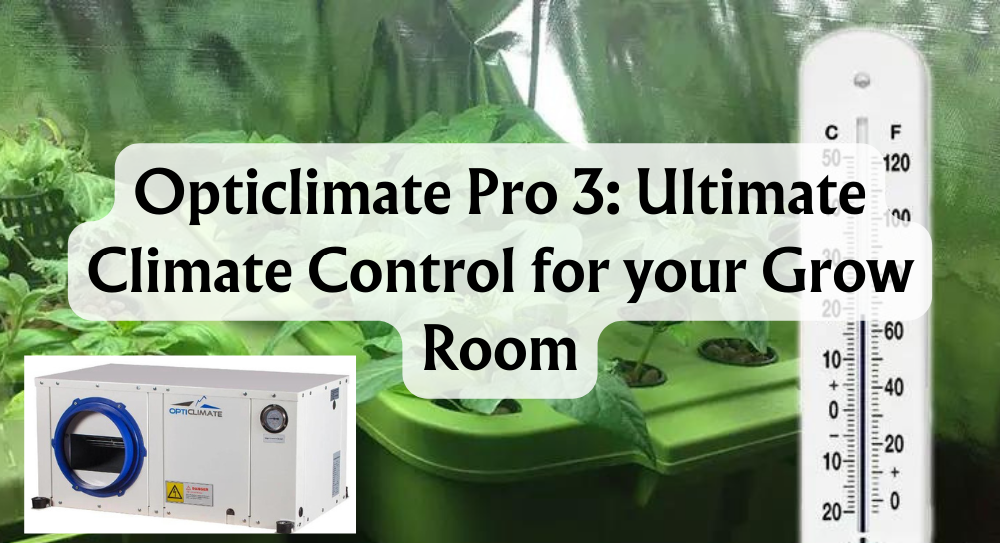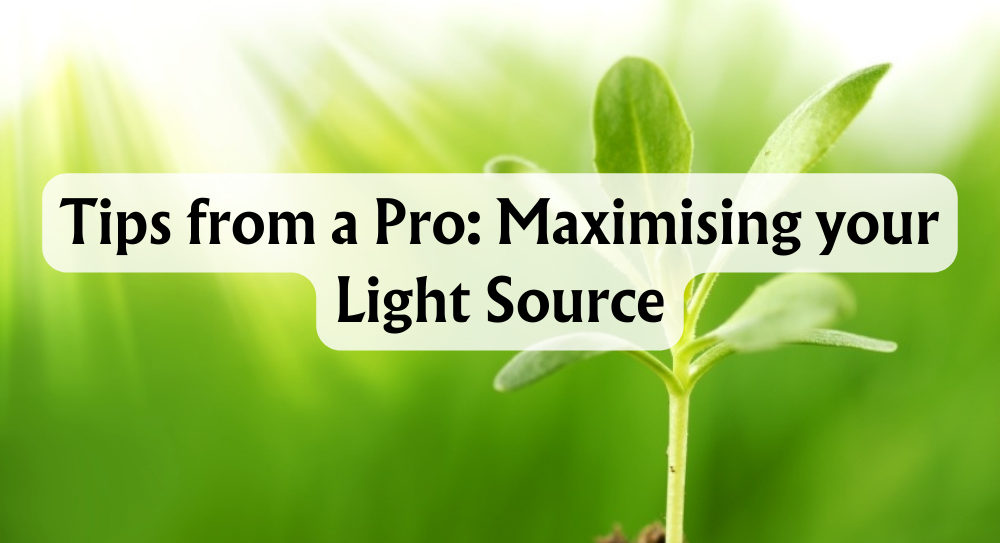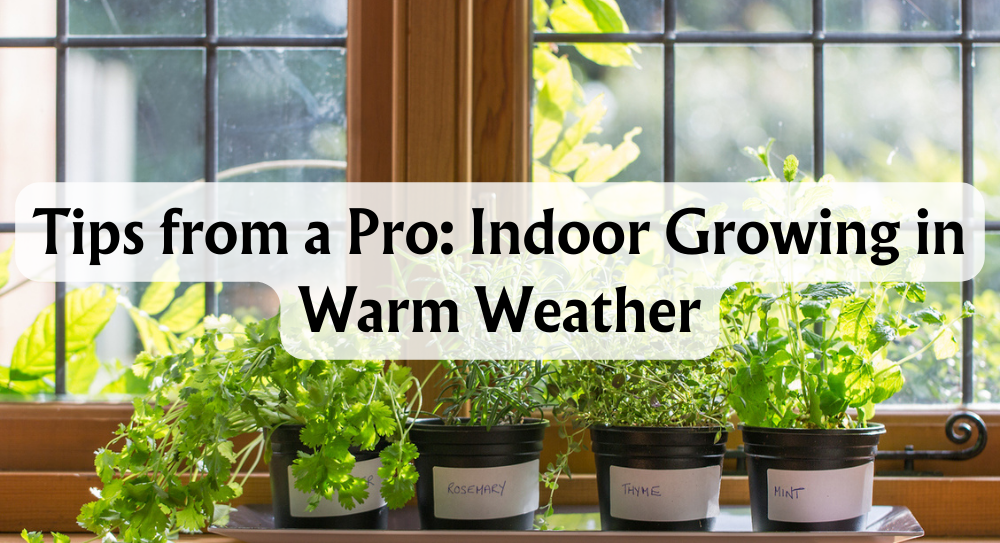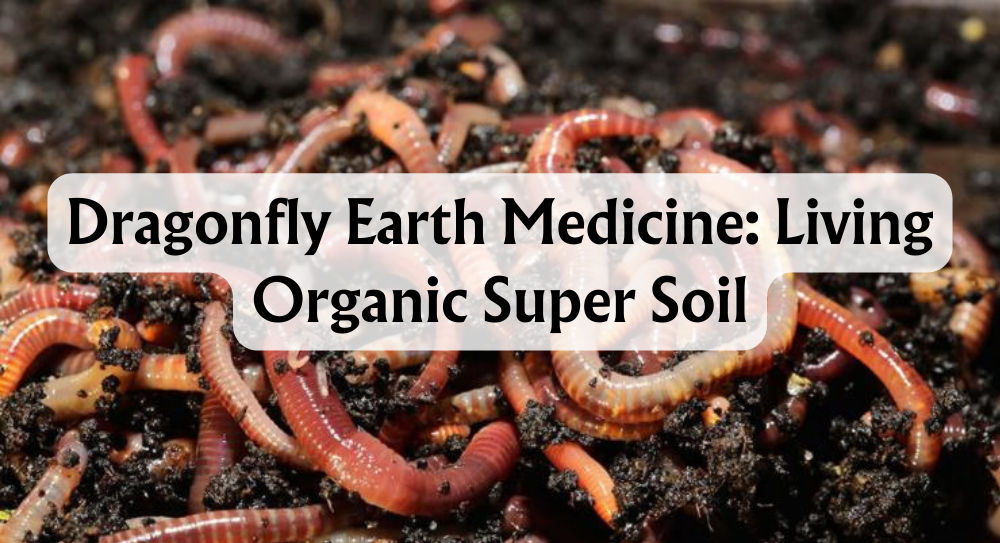How do you clean a hydroponic system?
Ever wondered how plants thrive without soil? That's hydroponics for you – a form of gardening that uses nutrient-rich water instead of soil to grow plants. The absence of soil eliminates common ground-based pests and diseases, and the direct delivery of nutrients and water to the roots often results in more robust growth. We get to enjoy higher yields while using remarkably less water, not to mention the unprecedented control over our plants' growth environment. But it's not all plain sailing; maintaining the cleanliness and sterility of our hydroponic systems and grow room is a continuous task that demands diligence.
Keeping a hydroponic system clean is the linchpin of preventing unwelcome visitors like algae and pathogens, which love moist, nutrient-rich environments. A sterilised system ensures that the plants are less likely to suffer from diseases, which can rapidly spread in water-based systems. This is why we have to stay on top of the cleaning routine. Plus, by monitoring EC and pH levels and refreshing the water appropriately, we promote the best health for our plants.
Being attentive to how much we clean and what our plants need when we add water can make all the difference in hydroponics. Frequencies for cleaning vary depending upon the type of system we're running, but typically, a thorough clean between each crop cycle is a must. Ready to get down to the nitty-gritty of maintaining a pristine hydroponic setup? Let us walk through the essentials of keeping our green friends' homes in top shape.
Key Takeaways
- Hydroponic gardening saves water and boosts plant growth but requires careful system maintenance.
- Regular monitoring and adjustments of water nutrient levels are critical for plant health.
- Systematic cleaning is essential for preventing disease and ensuring optimal plant growth.
The Importance of Cleaning Your Hydroponics
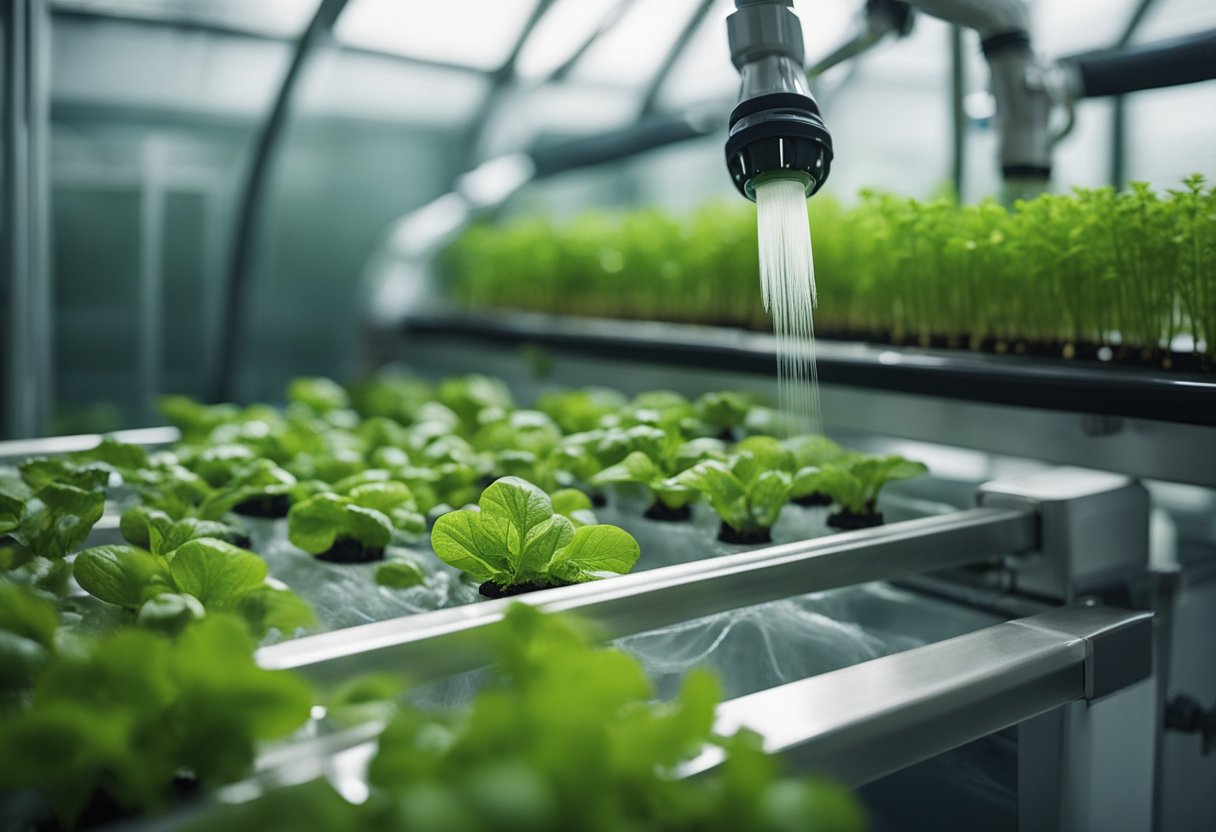
Have you ever wondered why your hydroponic friends are so particular about keeping their systems spick and span? Well, it's not just about being neat freaks! Keeping our hydroponic system clean is crucial for our plants to thrive. Let's explore why together, shall we?
Preventing Unwanted Guests: Over time, things like dirt, dead leaves, and even the tiniest of roots start to build up. Think of these as welcome mats for algae, bacteria, and fungi. And you know who loves these? Pests! These troublemakers can clog up pipes and filters faster than you can say "cleanliness is next to godliness". And we certainly don't want that, it's our job to keep everything running smoothly!
- Blocked pipes and filters: The last thing we need is for an accumulation of gunk to block the very arteries of our system! This can reduce the flow of oxygen and nutrients that are the lifeblood for our green buddies.
- Risk of diseases: Unwanted microorganisms and pests can be quite the socialites, spreading diseases as they mingle with our plants, which is bad news for our harvest.
- Poor plant growth: If our plants aren't getting the nutrients and oxygen they need due to dirty water or clogged systems, they won't grow as well as they could. Efficiency is key, and cleanliness directly impacts that!
Affecting Flavour and Quality: You and I both know the pride we feel when we bite into a fresh, crisp lettuce leaf or a juicy strawberry that we've grown ourselves. But if the residue from all those unwanted guests accumulates, it can really affect the taste and quality of what we’ve lovingly grown.
In conclusion, keeping our hydroponic system clean is a bit like dental hygiene for plants – neglect it, and things will go downhill, affecting both our plants and potentially our reputations as green-thumbed growers. Let's scrub away the bad stuff and keep our plants as happy as Larry!
Monitoring EC and pH Levels
Ever wondered why your hydroponic garden isn't quite thriving as it should? It might just be down to the EC and pH levels in your nutrient solution. Let's get our heads around why they're vital for plant health and how we can keep them in check.
EC (Electrical Conductivity) measures the nutrient levels in the solution. Simply put, it tells us how much food is available for our plants. Too little, and our greens might go hungry; too much, and they could suffer from nutrient burn.
pH level tells us about the acidity or alkalinity of our solution. This factor is a big deal because if the pH isn't balanced, our plants might not be able to gobble up those nutrients properly, no matter how abundant they are.
How to Measure and Adjust
- For EC: Dip an EC meter into the solution, and give it a moment to stabilise. This little gadget gives us the numbers we need.
- For pH: Similar gig – use a pH meter or test strips to get a reading.
If the levels are off, don't fret! We can adjust pH by adding pH up or pH down solutions into our water until it's just right. For EC, we can water down our nutrient solution to lower the concentration or top up nutrient levels if it's too low.
Ideal Levels for Our Plant Pals
Here's a quick peek at the sweet spots for some of our favourite crops:
- Lettuce: EC 0.8-1.2, pH 5.5-6.5
- Tomatoes: EC 2.0-5.0, pH 5.8-6.3
- Basil: EC 1.5-2.0, pH 5.5-6.5
Remember, fellow plant enthusiasts, monitoring EC and pH isn't a one-off job. Regular checks ensure our leafy friends have the perfect dining experience. With a bit of practice, we'll have those levels dialled in, ensuring our hydroponic garden is the talk of the town!
Adding Water to Your Hydroponics System
Ever wondered how important a cuppa is to us Brits? Similarly, a consistent supply of fresh water is vital to our hydroponic systems. Let’s have a natter about how we keep our plants chipper with the right hydration.
Why Add Water? Water’s the lifeblood of our hydroponic garden. It carries nutrients to thirsty plants and helps maintain the system’s balance. Without a proper top-up, the nutrient concentration can get too strong, causing a bit of a bother for our plants.
Choosing the Right Water Tap water might seem convenient, but it's often a cocktail of chlorine and minerals that can upset our system. We’re after clean water – think distilled, filtered, or purified. This prevents the buildup of naughty elements that could affect our plants' growth.
How Much Water? Keeping track of the water we add is like checking our bank balance – essential for good maintenance. By recording the amount of water added, we can manage nutrient levels effectively. A simple logbook does the trick!
Water Quality and System Health Flushing our system regularly with clean water helps prevent unwanted clogs and keeps everything running smoother than a well-oiled cricket bat. As a rule of thumb, if the EC levels rise or it's been a few weeks, it's time for a water change.
A Quick Guide:
- Use fresh water - distilled, filtered, or purified.
- Avoid tap or hard water due to potential harmful contents.
- Log every water addition to monitor nutrient concentration.
- Determine change of nutrient solution based on EC level, water volume added, or time elapsed.
So let's keep our plants singing with joy by ensuring they get the right quantity of fresh water, at the right quality, just when they need it. And don’t forget, it's about as crucial as your morning brew!
How to Clean your Hydroponic System
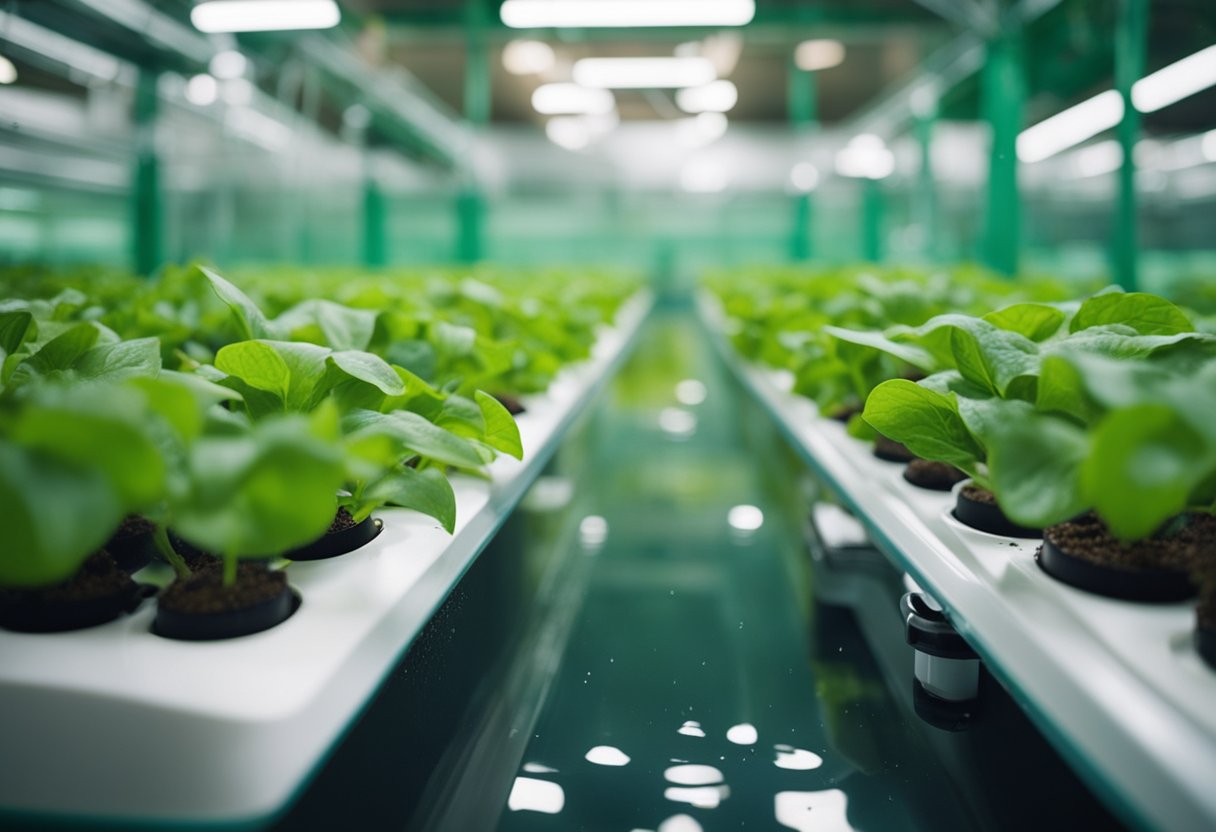
When we talk about maintaining a thriving hydroponic garden, be sure to keep your system clean. It's all about preserving the environment in which our plants grow, making sure it's as spotless as a whistle and as pure as spring water. We'll walk through the essential steps for when you clean your system including the nutrient reservoir, pump, and surrounding grow space.
Reservoir
The reservoir is the heart of the hydroponic system, where our nutrient-rich solution resides. Let's look at a step-by-step guide on how to clean your reservoir:
-
Drain: First things first, we should safely and environmentally dispose of the old nutrient solution. We can do this using a bucket to catch the liquid if there's no drain valve.
-
Scrub: Once emptied, we take our trusty sponge and give the inside a good scrub. Any visible residue needs to go!
-
Rinse: After the scrub-down, rinsing thoroughly with clean water ensures no cleaning solution is left behind.
-
Disinfect: Let's mix up a sanitising solution. A mild bleach solution (1 part bleach to 10 parts water) or food-grade hydrogen peroxide at the recommended concentration will do the trick nicely.
-
Maintenance: Our maintenance doesn't stop there. Checking and cleaning the filters, valves, and fittings is crucial.
-
Refill: When all's said and done, it's time to measure and mix a fresh batch of nutrient solution, adhering strictly to the label's guidelines.
Pump
Our pump works hard; it deserves some TLC:
-
Disconnect & Inspect: After turning off the power, we disconnect and disassemble our pump, inspecting each part for any signs of wear or tear.
-
Cleaning: A soft brush comes in handy to remove stubborn debris, while a soak in a sanitizing solution ensures that algae and bacteria won't be calling our pump home.
-
Rinse & Dry: After a thorough rinse, we set the parts aside to dry completely.
-
Reassemble & Test: With all parts clean and dry, we reassemble the pump, reconnect it, and give it a test run to ensure everything’s operating smoothly.
Tent/Grow Room
A clean tent or grow room is just as paramount:
-
Clear Out: We begin by clearing any plant material that's past its prime. It’s about keeping the good vibes only!
-
Disinfect: A disinfectant spray down of walls, floors, and surfaces leaves our space spotless. A bleach solution or a suitable disinfectant ensures our tent is hospital-grade clean.
-
Pots & Trays: We also cannot forget to clean and sanitise pots, trays, and tools. A scrub and a dip in our sanitising solution should do the trick.
-
Tech Maintenance: Lastly, our lights, fans, and vents need a check-over. We wipe them down, adjust as necessary, and replace any filters to keep that air flowing clean and clear.
Remember, safety first! While having fun is part of the journey, wearing goggles and masks when handling cleaning agents protects us from splashes and fumes. And it's essential to rinse and dry everything well before reassembling. We're all for a clean system, but not if it means sacrificing our well-being.
How to Sterilise a Hydroponic System
Ever wondered how we can keep our hydroponic system spick and span? Cleaning is one part, but sterilisation, that's where we win the battle against those pesky microbes. First things first, safety! Always don gloves and goggles before you start this process—safety is our number one priority. Alright, let's get our hands dirty—or should I say clean?
Essential Sterilisation Agents:
- Bleach: Inexpensive and effective, but be sure it's diluted! A mix of 10% household bleach to water works wonders.
- Hydrogen Peroxide: Grab some food-grade hydrogen peroxide, typically used at 3%, and it'll do a smashing job at oxygenating while it cleans.
- Vinegar: For a more natural touch, vinegar is your go-to. Although less potent, it can help to prevent mineral build-ups.
Here's how we can sanitise and sterilise our system step-by-step:
- Drain the System: Begone, old nutrient solution!
- Clean Surfaces: Use a scrub brush to remove residue. Walls, pots, and trays need attention too.
- Apply Sterilising Agent: Choose your champion—bleach, hydrogen peroxide, or vinegar. Dilute as necessary and apply it all over the system.
- Rinse Thoroughly: After killing off the baddies, flush your system with plenty of fresh water to remove any remaining cleaning agent.
- Dry and Inspect: No room for remaining moisture—disease loves a damp spot! Ensure everything’s bone-dry before reassembling.
Remember, we're not just doing this for fun. Sterilisation is key in disease control. It keeps us happy and our crops full of healthy plants.
How Often to Clean a Hydroponic System
Maintaining our hydroponic system through regular cleaning is key to the well-being of our plants and the overall success of harvests. Let's talk about setting up an ideal cleaning schedule that considers various factors such as system type, reservoir size, plant growth stages, and environmental conditions.
First off, we need to stay on top of water management. Adding water to the system every 2-3 days or as required is essential. We keep our plants happy by ensuring they're never thirsty!
- Monitoring EC and pH levels is next on the list. We'll do this daily or every other day—like keeping a close eye on the health of our plants.
When it comes to nutrient solutions, regular changes are a must. We'd typically change the nutrient solution every 2-6 weeks—influenced by the EC levels, of course. And, yes, every time we change this solution, we'll give that reservoir a good clean.
Speaking of cleaning:
- Reservoir: Clean with every nutrient solution change
- Pumps: Scrub every 2-3 months or more frequently if they show signs of muck
- Tent/Grow Room: A thorough clean-up after each harvest or every 3-4 months does wonders for disease prevention and overall maintenance.
Remember, a little effort in cleaning goes a long way. Fresh systems thwart pesky diseases and pests, giving us the joy of a bountiful harvest.
Conclusion
We've walked you through the crucial steps to maintain a clean hydroponic system, from the significance of regular cleaning to the intricacies of monitoring EC and pH levels. Remember to top up the water in your system to keep your plants quenched and thriving.
- Your reservoir should be pristine, and your pump should function without hiccups; this ensures every drop that reaches your plants is pure and beneficial.
- The cleanliness of your tent/grow room is not to be overlooked. It's not a matter depending on the size; it's a bastion for your plants' health.
- A thorough clean is advisable every few weeks to prevent unwanted guests and maintain a sparkling oasis for your crops.
Why fuss over cleanliness in our hydroponic systems? Well, a tidy system is a happy system. Proper maintenance fosters:
- Higher yields: Spot-on environments make for bountiful harvests.
- Extended lifespan: Both your plants and the hydroponic equipment.
- Efficiency: Use less water and get more green for your effort.
Imagine the satisfaction of peeking into your thriving garden, knowing your diligence in maintenance plays a pivotal part in its lushness. In the grand tapestry of hydroponics, an ounce of prevention in cleaning is worth a pound of cure against future issues.

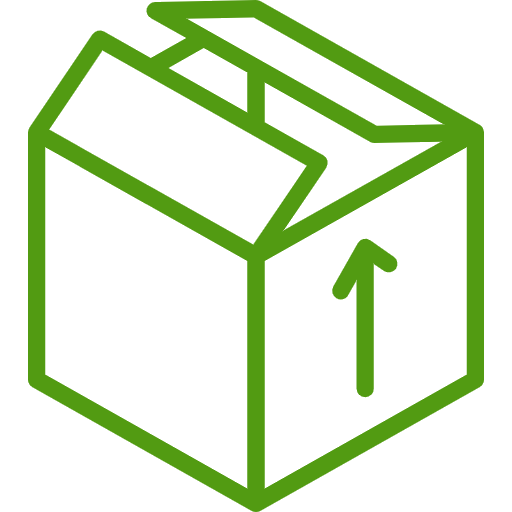





 Store Locator
Store Locator
